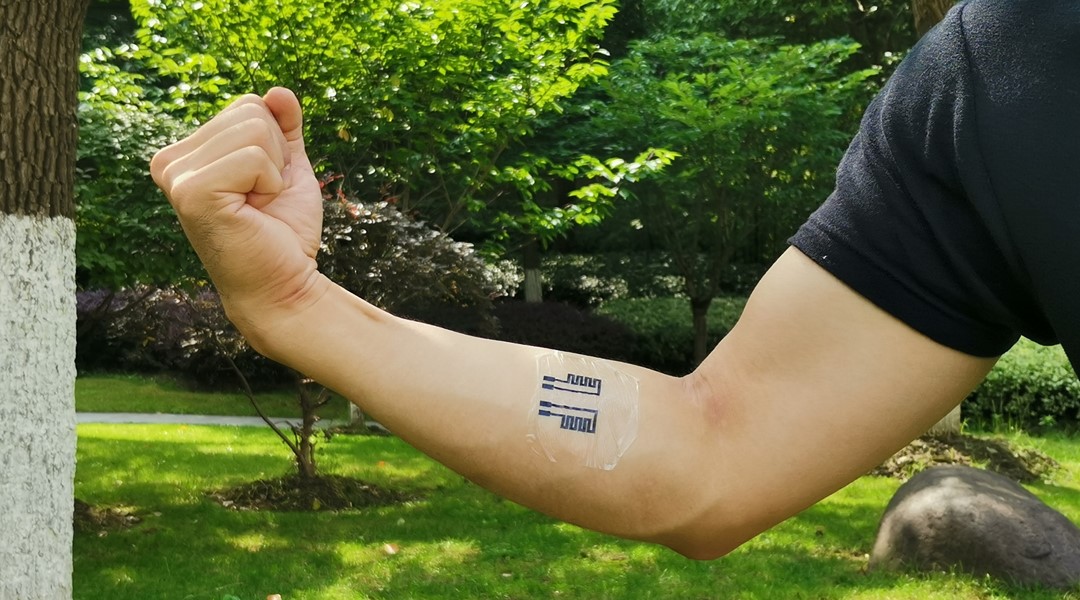Skin-friendly epidermal electronic devices fabricated using flexible, stretchable, and degradable protein-based substrates could offer a viable solution to real-time health and fitness monitoring.


Skin-friendly epidermal electronic devices fabricated using flexible, stretchable, and degradable protein-based substrates could offer a viable solution to real-time health and fitness monitoring.

Curious, diligent, and always positive, meet Prof. Zhenan Bao and her electronic skin.

Researchers create a soft robotic electronic skin with fingerprint-like patterns with future applications in prosthesis, wearable sensors, and medical devices.

A new micro-lens array technology produces high-quality 3D images that can be used to improve driver safety, vehicle function, and provide innovative design effects.

Hybrid systems of hydrogels and metals with tough bonding may find widespread application in smart materials and device interfaces.

Intrinsic or tightly integrated sensing, actuation, and computation embedded into 3D structures could enable a new generation of truly smart and complex systems, such as robots that have human-like dexterity.

The 2019 Biopolymers Murray Goodman Memorial Prize winner is Eric T. Kool.

A new study reports liquid-phase exfoliation of graphene, boron nitride, and tungsten disulphide nanosheets using Irish whiskey.

Thin, soft, and stretchable gallium-based sensors to accurately monitor human hand kinematics.

A Swiss team of researchers has developed an innovative new approach to creating flexible batteries using stretchable materials.